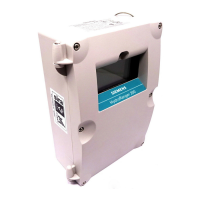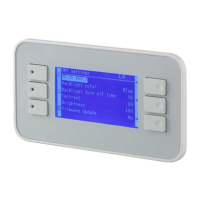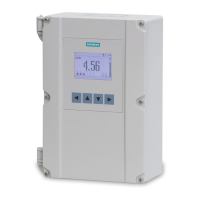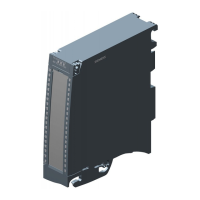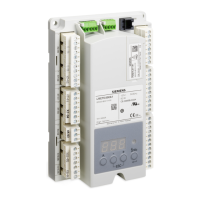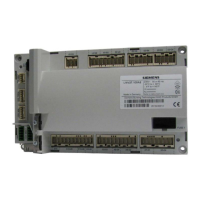hwc_vnsconfiguration.fm
A31003-W1040-U101-1-7619, July 2006 DRAFT
HiPath Wireless Controller, Access Points and Convergence Software V4.0, C10/C100/C1000 User Guide
123
Virtual Network configuration
7 Virtual Network configuration
This chapter discusses VNS (Virtual Network Services) configuration, including:
● Topology for a VNS
● Assigning Wireless AP radios to a VNS
● Authentication for a VNS
● Defining accounting methods for a VNS
● Defining RADIUS filter policy for VNSs and VNS groups
● Configuring filtering rules for a VNS
● Enabling multicast for a VNS
● Configuring privacy for a VNS
● Defining a VNS with no authentication
● Defining priority level for VNS traffic
● Configuring Quality of Service (QoS)
● Bridging traffic locally
Setting up a VNS defines a virtual IP subnet for a group of wireless device users, where the
HiPath Wireless Controller acts as a default gateway to wireless devices. For each VNS, you
define its topology, authentication, accounting, RADIUS servers, filtering, multicast parameters,
privacy and policy mechanism. When you set up a new VNS, additional tabs appear only after
you save the topology.
A critical topology option to define for a VNS is the VNS type:
● Routed VNS – User traffic is tunneled to the HiPath Wireless Controller. (This is the default
setup.)
● Bridged at the AP VNS – User traffic is directly bridged to a VLAN at the AP network point
of access (switch port).
● VLAN bridged VNS – User traffic is tunneled to the HiPath Wireless Controller and is
directly bridged at the controller to a specific VLAN. WIth this VNS type, mobile users
become a natural extension of a VLAN subnet.
Setting up a new VNS involves the following general steps:
● Step one – Create a VNS name
● Step two – Define the topology parameters
● Step three – Configure the VNS

